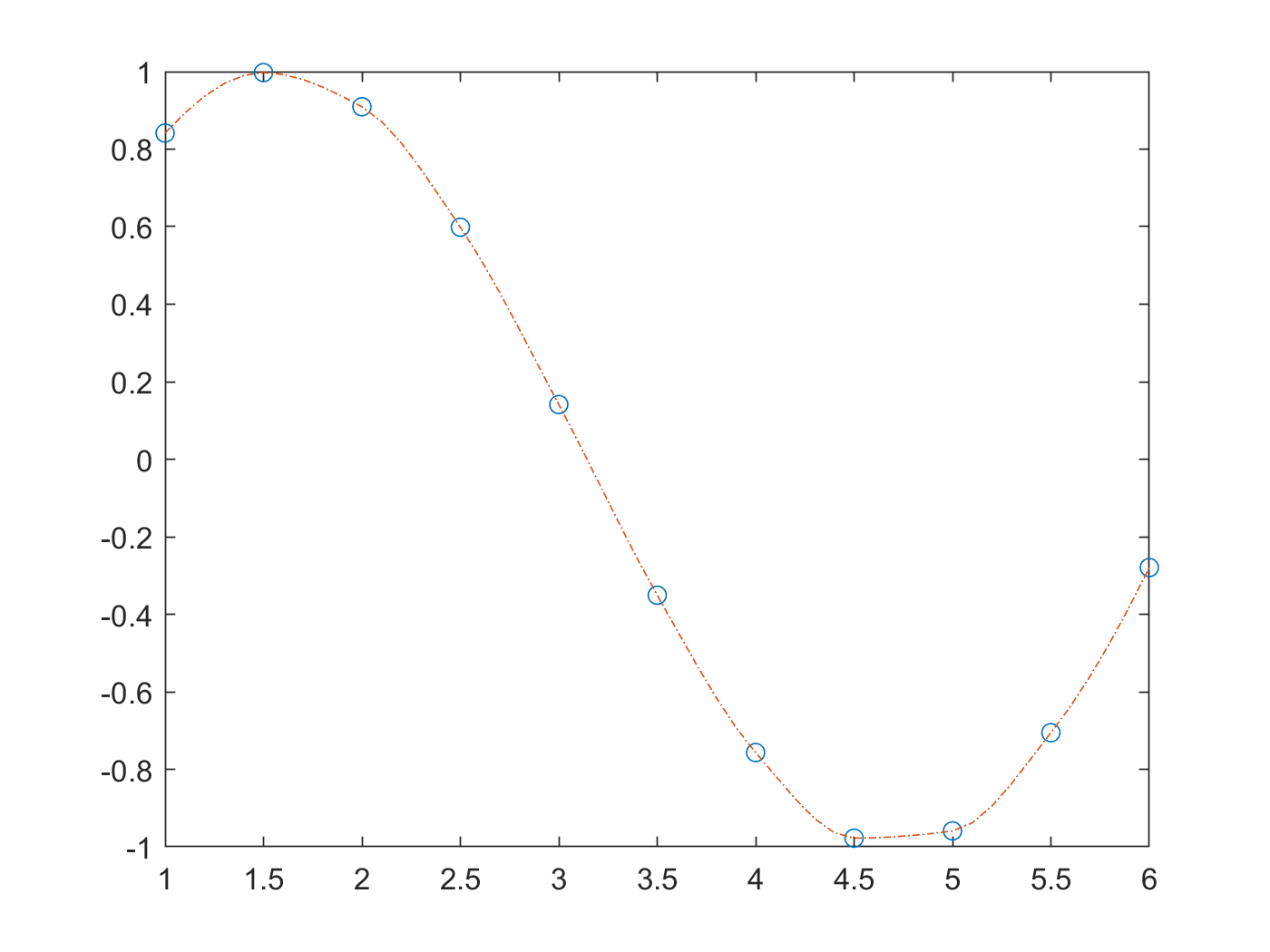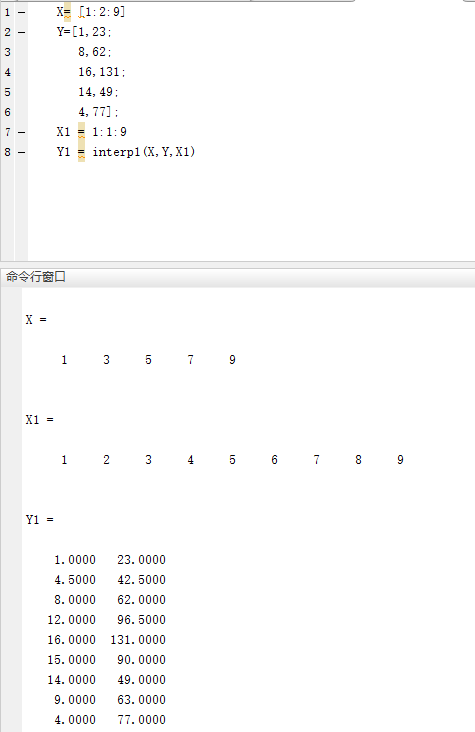

It also seems that the original MatLab program that I am converting should have used linear interpolation, so the question is probably moot. 3.4 MATLAB's interp1 Function MATLAB has a function named interp1 that performs interpolation. (2048 data points)Īny thoughts as to how I can get results that are consistent with MatLab?Įdit: I understand that there is some latitude in implementation for cubic interpolation algorithms which probably accounts for the differences I'm seeing.

interp2 (Z) is the same as interp2 (Z,1). ZI interp2 (Z,ntimes) expands Z by interleaving interpolates between every element, working recursively for ntimes. In MatLab the usage is slightly different: yi = interp1(x,Y,xi,'cubic')įor a trivial example the results are the same: interp2 (V, k) function is used to return the interpolated values on a refined grid formed by repeatedly halving the intervals k times in each dimension. ZI interp2 (Z,XI,YI) assumes that X 1:n and Y 1:m, where m,n size (Z). This should work: % For finding the lift curve slope across a wingI'm converting a MatLab program to Python, and I'm having problems understanding why 1d is giving different results than MatLab interp1. Once you have the coordinates of the measurements and the measurements themselves, you can then use interp1 to interpolate the values between the actual measurements. It looks like your measurements are defined to be equally spaced between 0 and semispan, in which case you can make a vector of N equally spaced coordinates between (and including) those values using linspace(0, semispan, N). The solution is to make up a coordinate vector that gives the positions of the measurements given by the user and then use interp1.įor example, suppose you have three measurements, at points 0, 0.5, and 1-then the coordinate vector would be.
#Matlab interp1 how to
% For finding the lift curve slope across a wingĬ_L = % from a user input at stations which equally subdivide the wing.Ĭ_L = interp1(C_L,x,'linear','extrap') % Don't know how to do this part correctly. Interpolation with MATLAB Piecewise interpolation 2 dimensional We initialize the data: X,Y meshgrid(1:2:10) Z X.cos(Y) - Y.sin(X) The surface looks like the following. Simplified example, I hope this makes it clearer, the new C_L should still end with 0.0 and still start with 1.4, then the first lot of new numbers must be interpolated so that they are between 1.4 and 1.6, the next set between 1.6 and 1.7, and so on.

I'm trying to use interp1 function but can't see a way to make it work. i have a matrix A with one million rows, and each row is monotonic increase. I need to generate interpolated values for the smaller vector so that it and the larger vector are the same size. Learn more about interpolation, vectorization MATLAB. Essentially I have one vector which contains a large number of elements and another vector that contains fewer elements which correspond to the elements in the larger vector.Į.g if my short vector had two elements these would correspond to the first and last elements in the larger vector, if three were in the small these would correspond to the first middle and last elements of the larger vector. Interpolation is the same operation as table lookup. This is shown below, along with the relationship between vectors x, Y, xi, and yi. It finds values of a one-dimensional function f (x) underlying the data at intermediate points.

Hi I'm having some trouble getting two vectors to be the same size. The interp1 command interpolates between data points.


 0 kommentar(er)
0 kommentar(er)
